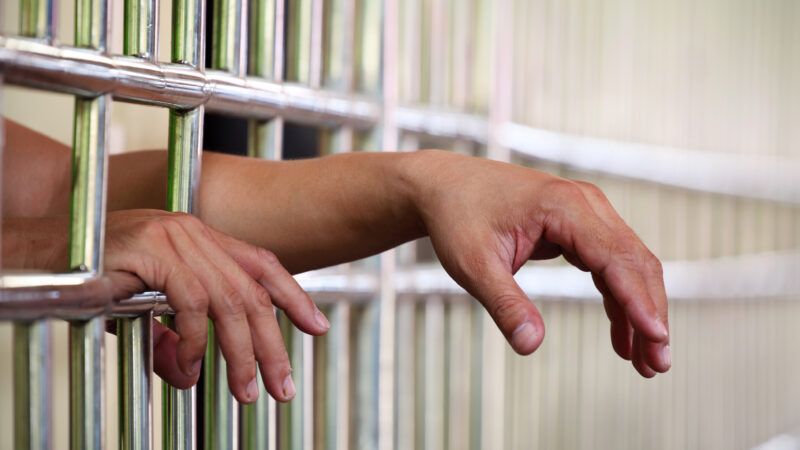New York Dems Want To Roll Back Bail Reforms. Not So Fast, Says NYC Comptroller.
Bail reforms did not lead to higher crime, and in fact should be applied more uniformly, report finds.

It is no secret that the U.S. has the highest incarceration rate of any country on earth. There are myriad reasons why that number is so high, and opinions differ on what can be done about it, especially as violent crime rates have risen across the country. But despite increasing calls for states and cities to roll back reforms of cash bail, a new report by New York City's budget watchdog suggests bail leniency is having the right effect.
In 2019, Democrats in the New York legislature passed a bill that eliminated cash bail and pretrial detention for most non-violent felonies and nearly all misdemeanors. In those scenarios where a judge does still require money for bail, he or she must take into account the defendant's finances and ability to pay. The goal of the reforms was to greatly reduce the number of people stuck in jail simply because they were unable to pay to get out.
Immediately after the law took effect on January 1, 2020, opponents complained that it was already leading to higher crimes, and needed to be tweaked. In April 2020, the legislature expanded the number of offenses for which a defendant could be required to pay bail. That summer, after violent crime spiked in New York City, NYPD Police Commissioner Dermot Shea blamed the bail reform law, as well as the compassionate release of some inmates due to COVID-19, for the crime uptick. Now Democratic Gov. Kathy Hochul is privately pushing to expand the number of crimes eligible for bail, effectively reversing parts of the bail reform law.
But in a report out this week, New York City Comptroller Brad Lander determined that not only did the bail reforms work, but the city and state should prioritize "strengthening [their] implementation."
The report looked at data between the years 2019 and 2021. Overall, the number of people subject to bail was significantly lower, with both the bail reforms and the suspension of hearings due to the COVID-19 pandemic contributing to lower jail populations. Rather than leading to an explosion of offenders getting out and re-offending, the rate of people released on bail who were rearrested before trial "remained nearly identical" to the level prior to the law's implementation, at around five percent.
But the report also found that between 2019 and 2021, despite a sharp decrease in the number of people assigned bail, the total amount of bail money actually increased significantly. And despite the law's requirement to consider a defendant's ability to pay, the average bail amount set during that time period doubled. As a result, only half of defendants with bail set were ever able to secure release, and "even among those who do, most are incarcerated for at least some amount of time before doing so."
Ultimately, the report concludes that "further rollbacks to the bail reforms passed in 2019 would primarily serve to extract more money from vulnerable communities and increase the number of people held in City jails awaiting trial. There is no evidence that they would lead to a reduction in crime."
Cash bail is intended to ensure that a defendant returns to court for trial. But in practice, it keeps poor defendants trapped in jail while the well-to-do can pay to get out, regardless of the seriousness of either person's crime. There are other methods a court can use to guarantee a defendant's return, especially if he is unlikely to reoffend. The data is clear: When applied as written, New York City's bail reforms are working, and it would be a mistake to weaken them now.


Show Comments (15)